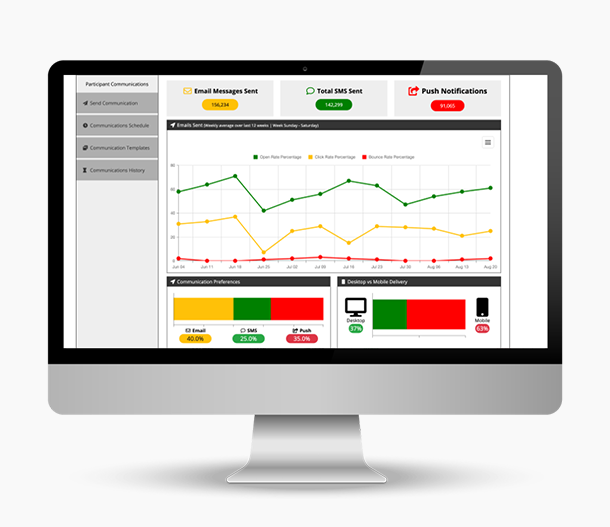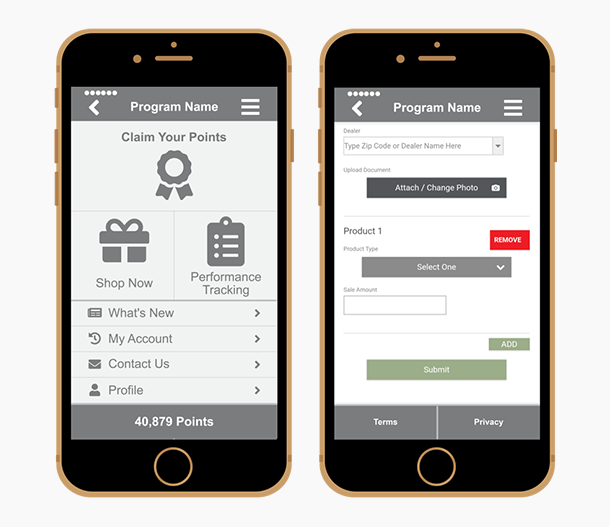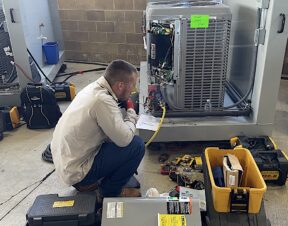Distributor sales incentives and rebate programs can be deployed to accomplish strategic goals within the distribution channel. These goals might include structuring promotions to drive sales of high margin products, move old inventory to free up space or speed up the adoption rates of new products.
There are important considerations to take into account to ensure the success of a distributor incentive program. Utilize these best practices for maximum ROI.
Analyze Your Audience
The success of your distributor sales incentives and rebate program depends on being able to personalize your marketing to your distributor sales reps (DSRs). During the registration process, make sure you are collecting accurate contact, firmographic and demographic data to personalize your promotional marketing.
Align Promotions with Organizational Goals
Having specific, measurable outcomes in mind will allow you to structure your distributor incentive program to achieve those outcomes. The ability to run multiple promotions by product, region or organization can allow manufacturers to be really granular in tackling specific objectives.
Strategically Select Rewards
Your rewards should be scalable to different levels of performance. After all, you wouldn’t want to award your VIP accounts and part-time customers the same amount of value. The types of reward you offer also depends on the length of your promotions. Debit-card based SPIFFs and rebates are more suitable for short-term promotions, whereas merchandise rewards or incentive travel would make more sense for long-term, loyalty-based promotions.
Regularly Communicate with Your Distributor Sales Reps
To maximize the effectiveness of your incentive program, you should strive to regularly provide participants with relevant, engaging communication. This communication includes content on your program website, monthly statements, seasonal emails and promotional marketing via email, SMS and push notifications.
Track Distributor Incentive KPIs
KPIs – key performance indicators – are metrics you can track to ensure your incentive program is on pace to achieve its goals. These include site visits, the percentage of participants submitting claims, email open and click rates and sales-related metrics. It’s important to have software in place to monitor these KPIs and capitalize on opportunities for cross-selling, up-selling and re-engagement with your DSRs.

Monitoring KPIs gives you insight into account engagement and the success of each promotion.
Offer Sales Enablement for Eligible Products
Building brand preference depends on enabling your DSRs to effectively sell your products to dealers, contractors and wholesalers. There are a variety of ways to offer this enablement, such as:
- Creating interactive quizzes based on content or training videos;
- Requiring mandatory virtual or on-site training to qualify for promotions;
- Utilizing your reward program communications to educate participants on your product lines; and
- Rewarding participants for attending important trade shows.
Provide Convenient Platforms for Claims Submissions
In order to boost participation and maximize the quality of the data you receive, focus on making it easy for DSRs to submit and validate claims. Document upload tools allow DSRs to snap a picture of an invoice on their phones and attach it alongside their sales claims. Furthermore, this will make it easier for you to validate claims and quickly assign rewards. Doing so provides a better UX and will maximize the effectiveness of rewards as a behavioral modification tool.

Providing mobile-ready platforms for participants to access your rewards program and upload sales claim verifications will ensure the success of your distributor sales incentive program.
Switch Things Up to Keep Your Program Fresh
Even an effective incentive program can reach a point of diminishing return. It’s important to switch up your promotions to keep your program exciting and interesting. Point multipliers and limited-time promotions can quickly boost sales growth or re-engage inactive accounts. And adding elements of gamification, such as leaderboards, spin-to-wins, achievement badges and on-the-spot point bonuses will make your program engaging and rewarding from end-to-end.
Seek Feedback and Analyze Results
Finally, you will want to arm yourself with data points to continuously improve your program. Seeking participants on surveys will help you add enhancements to your program and personalize your relationship with distributors. Analyzing KPIs and calculating ROI helps you prove program success and equip you with insights to make your next distributor sales incentive or rebate program even more successful!
For more incentive program strategies and best practices, check out Incentive Solutions’ complementary eBook, The Incentive Program Playbook.
 Mark Herbert is President and CEO of Incentive Solutions. He has more than 30 years of experience overseeing business operations within the incentives industry. Incentive Solutions currently manages more than 220 programs, many of which are in industrial manufacturing and distribution. Mark Herbert may be reached at mherbert@incentivesolutions.com.
Mark Herbert is President and CEO of Incentive Solutions. He has more than 30 years of experience overseeing business operations within the incentives industry. Incentive Solutions currently manages more than 220 programs, many of which are in industrial manufacturing and distribution. Mark Herbert may be reached at mherbert@incentivesolutions.com.




Join the conversation: